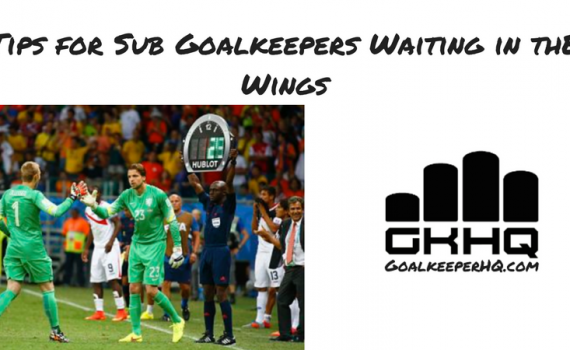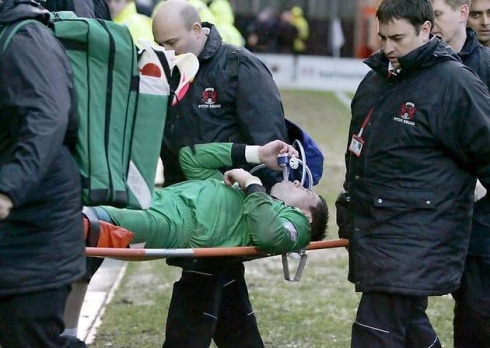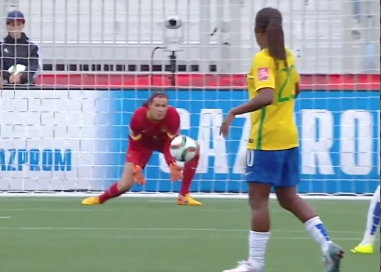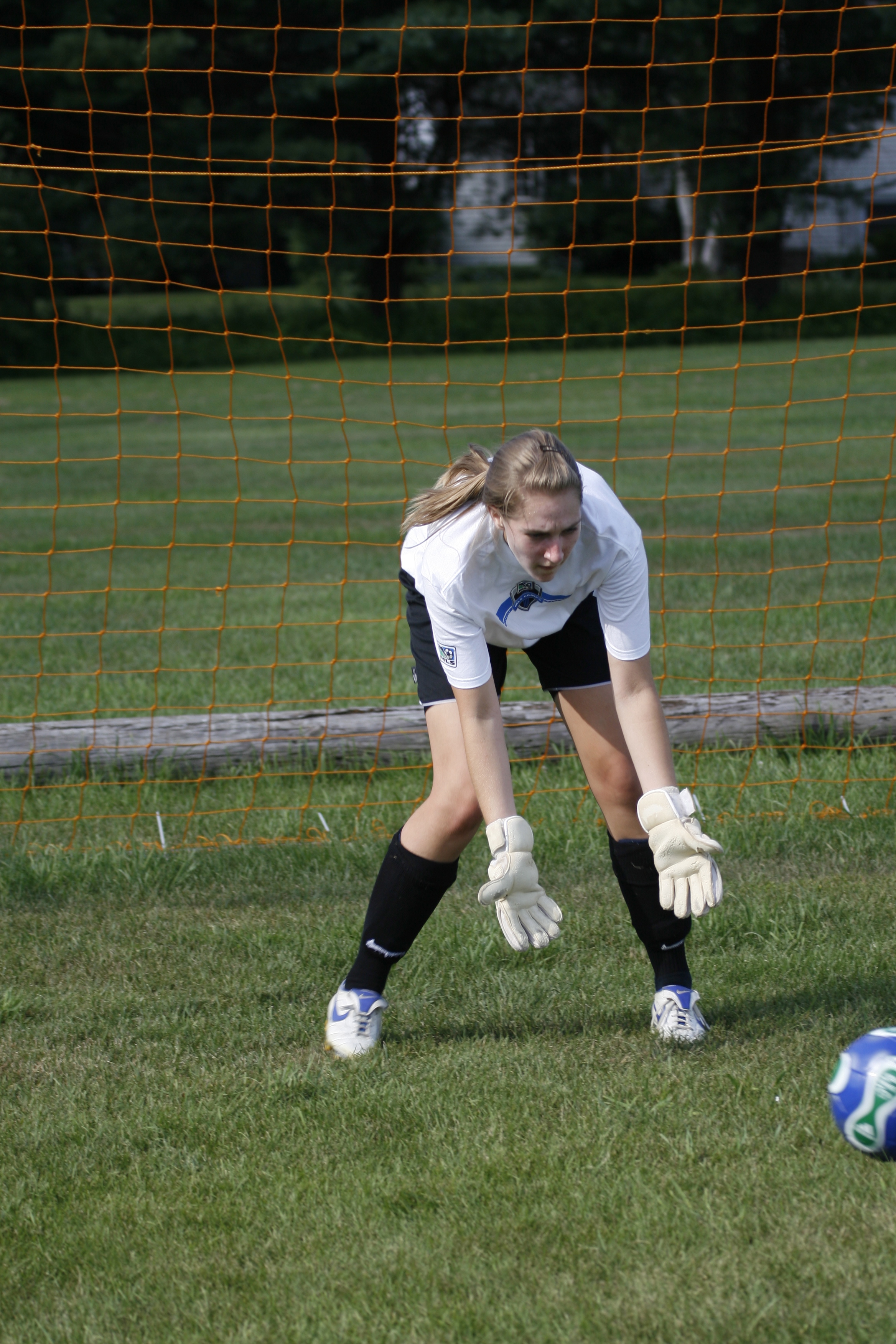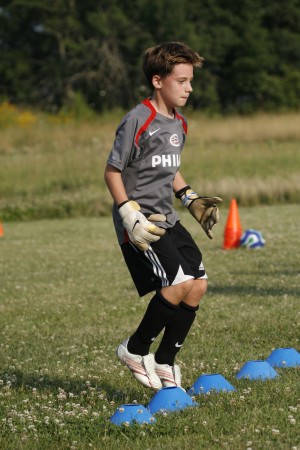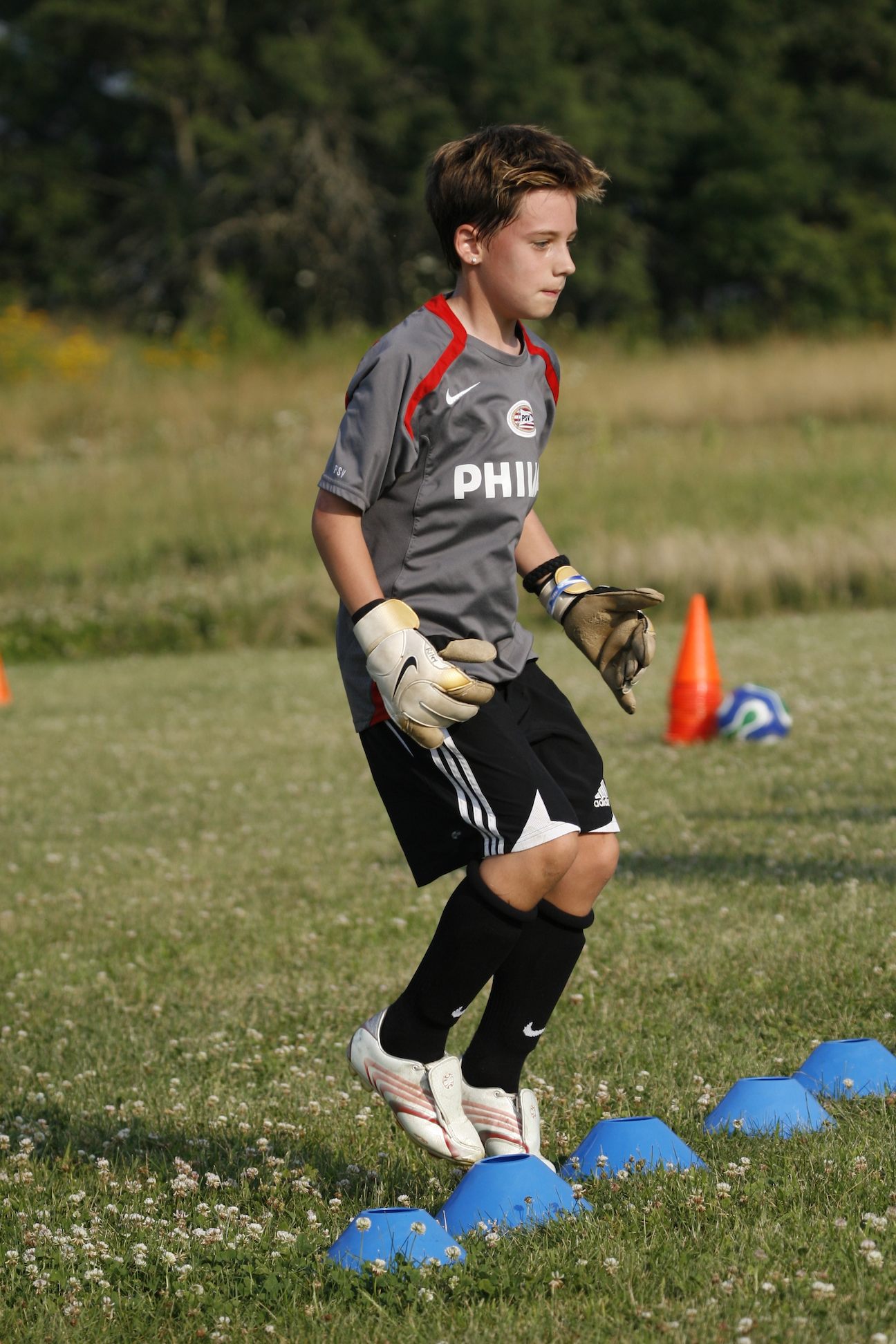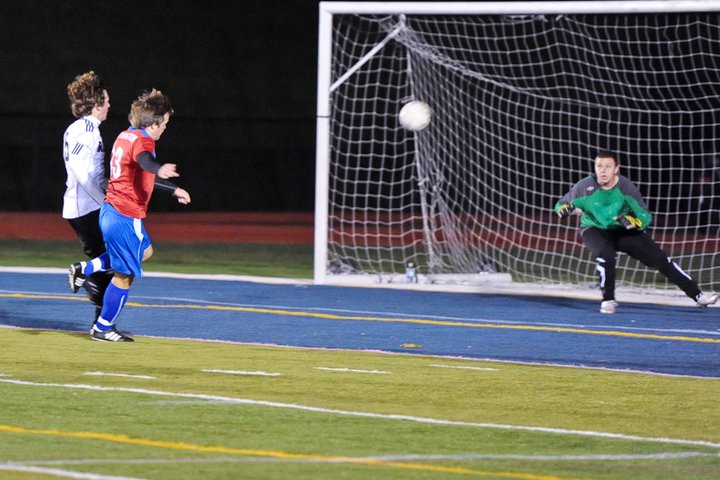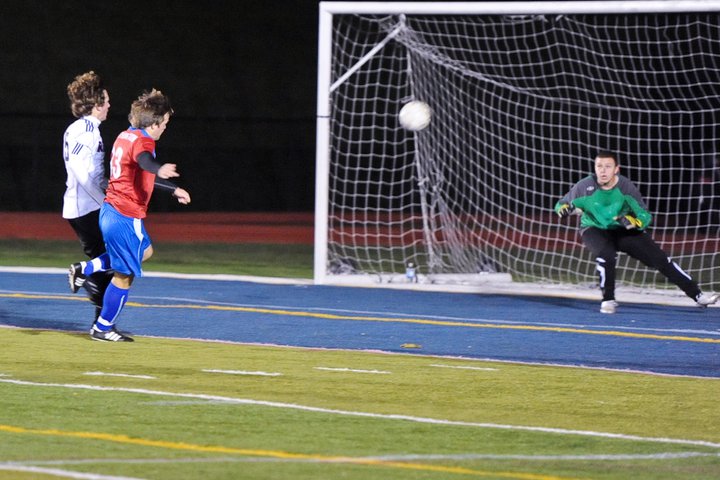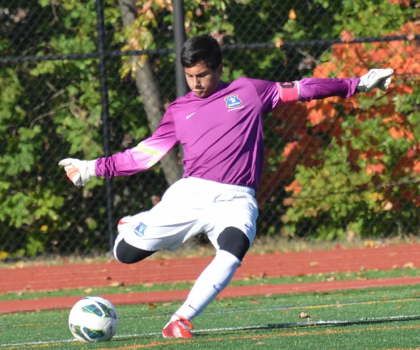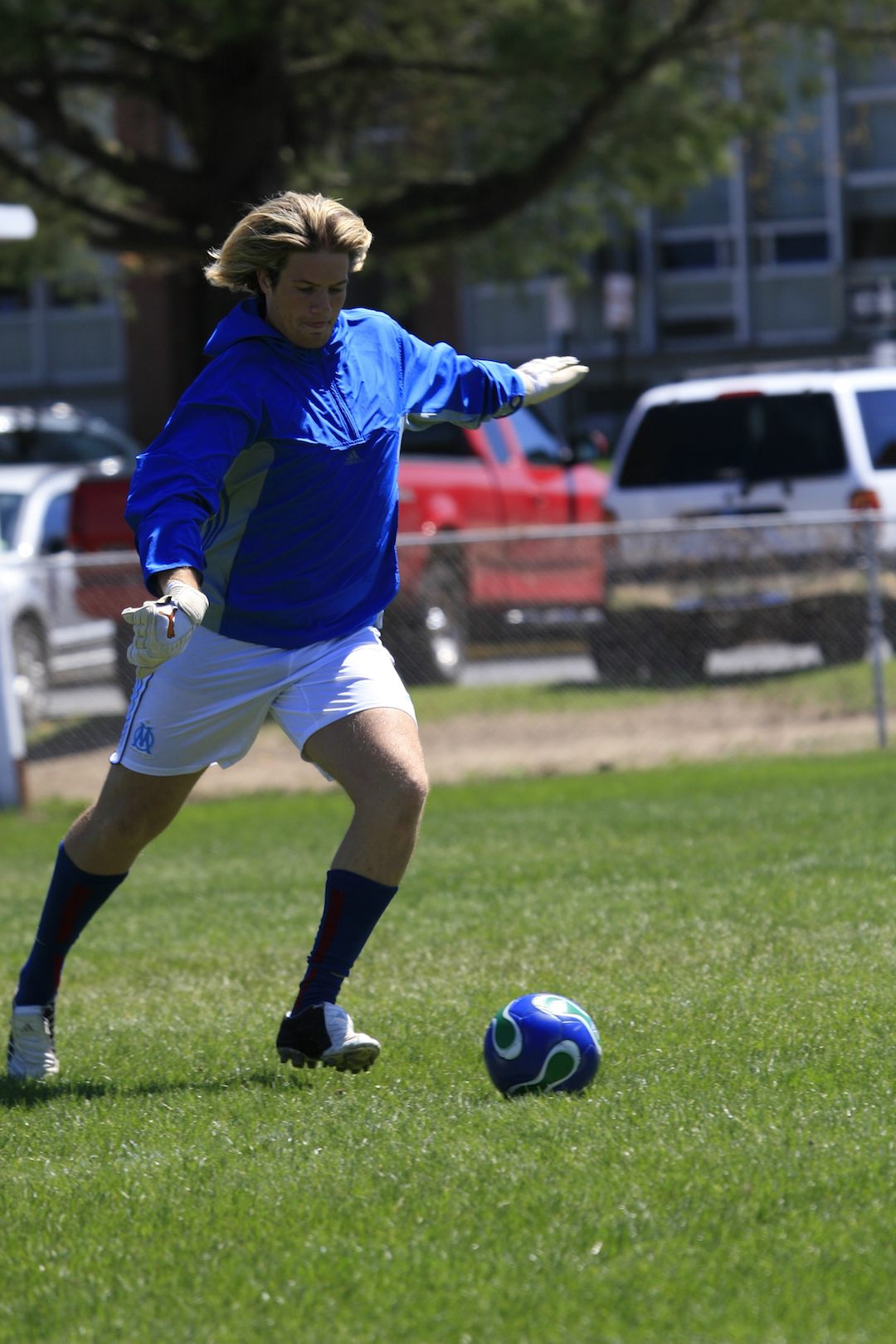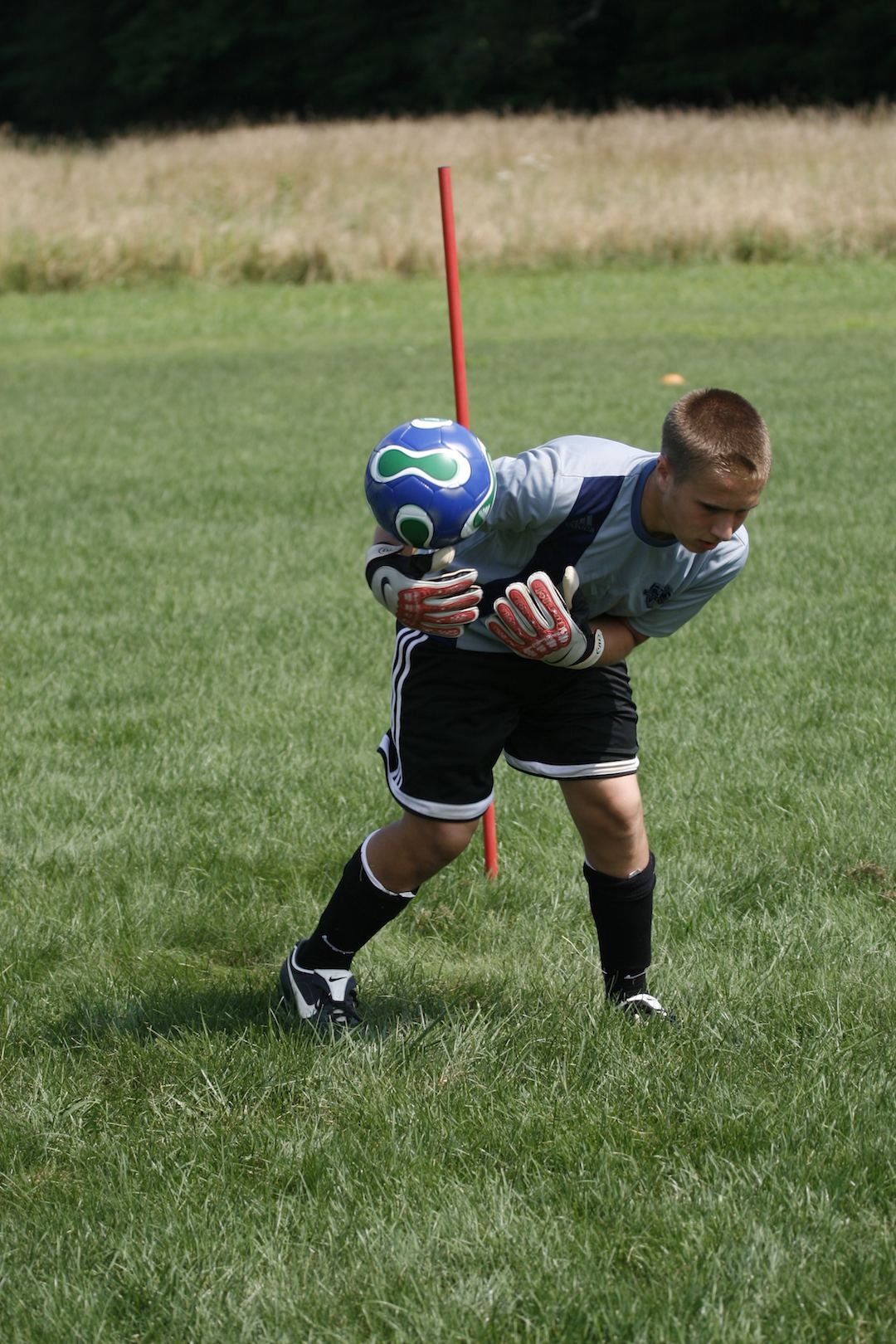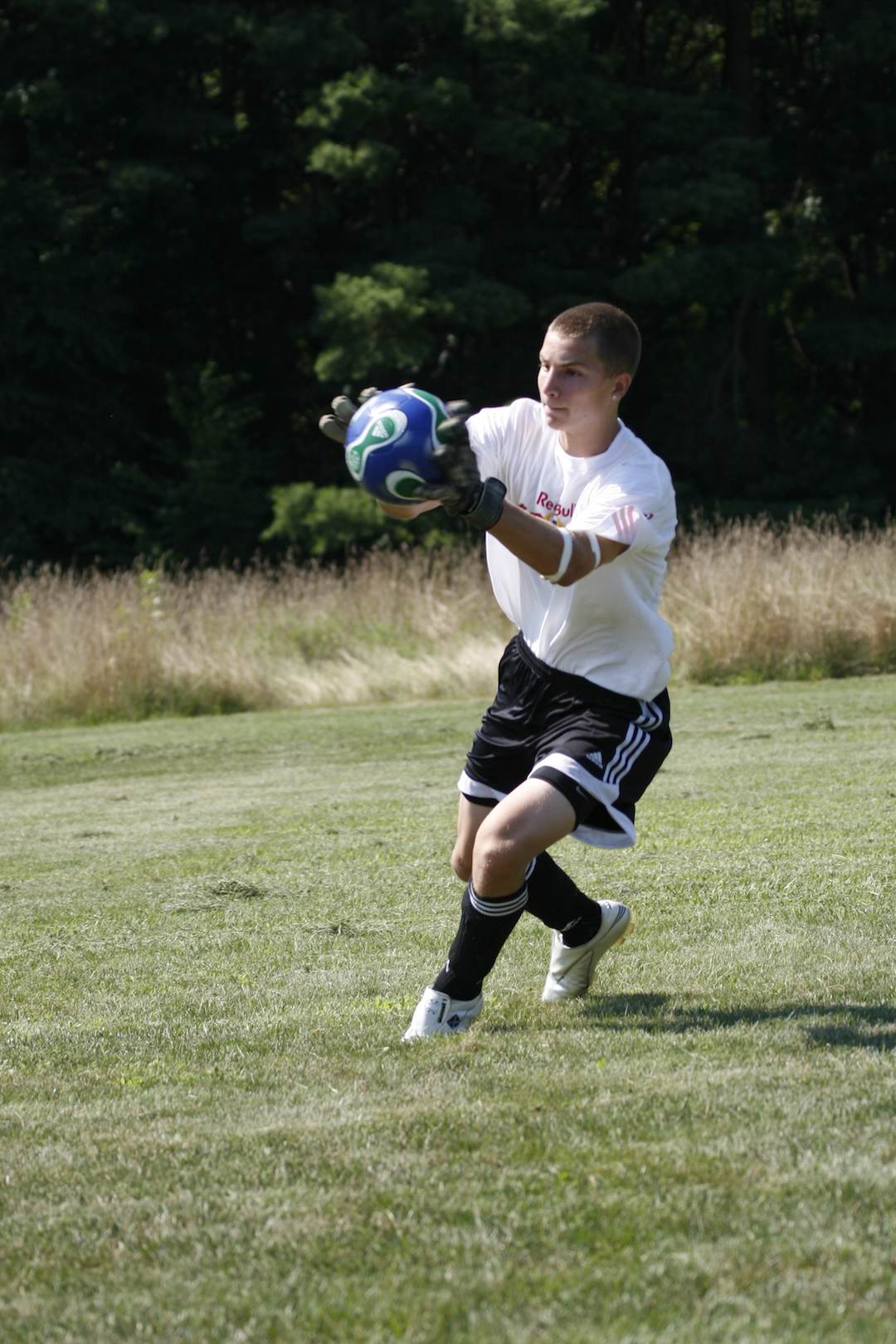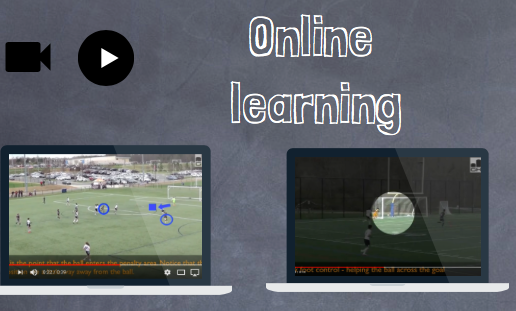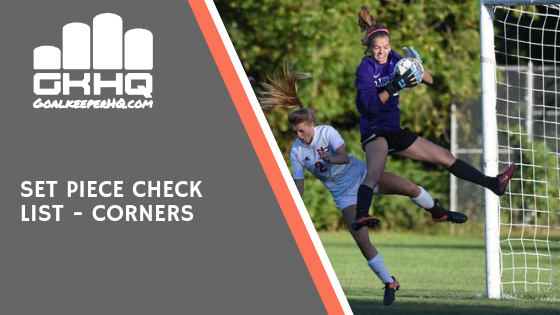
Set Piece Check List – Corners
Set pieces contribute a large number of goals towards an organized attacking team. They get their success preying on unorganized teams and unconfident goalkeepers.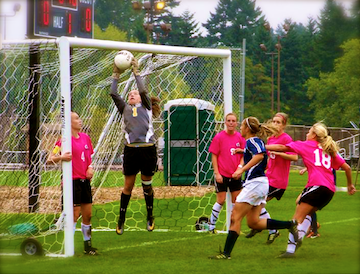
Here is a checklist to ensure you and your team are not vulnerable at corners:
1 – Speak with your coach on what tactics they want to implement. Ask if the team are going “zonal” or “man for man” or a combination of the two with players on the post. Discuss with your coach what players are going on the post ( I prefer not to have defenders on the post as I need them to defend in the box)
2 – As goalkeeper, it is your responsibility to ensure your players are alert to short corners or quick corners. You should not be collecting balls for the other team. If you see that the opposition may be looking to take a short corner or a quick one you need to give a name and an instruction to your players. ” Tony close down short corner ” for example
3 – Be seen by your coach to physically put players in the right position. It is at this time that you can give confidence to players in a calm manner. a) “Jess, go near post – stand inside the goal so I can see the ball. You have all in swingers – OK?” b) “Sarah. Go far post. Be big and cover me if I come for the ball”. c) “Monika. Six yard box – big headers in there….You’ve got anything around that area.”
4 – Decide on an action if an opposing player comes to distract you. Either a) You deal with yourself – ensure you are confident. Let people know that you are good to deal with it and start jumping up and down to make yourself big and stamp your authority in that area. b) Ask a player to separate the opposition from you. The key to both options is to not get distracted by the oncoming player and not be tempted to move further forward than the optimum position.
5 – Call “‘Keeper’s” or “Away” – If “Away” you need to get the players out. When telling players to get up, you need to give guidelines on how far to move up. There are lines of reference on the field. – 6 Yard box, Penalty spot, Edge of the box, Top of the “D” and Half way line.
Related article – Set Piece check list – Direct free kicks
Next article Previous article

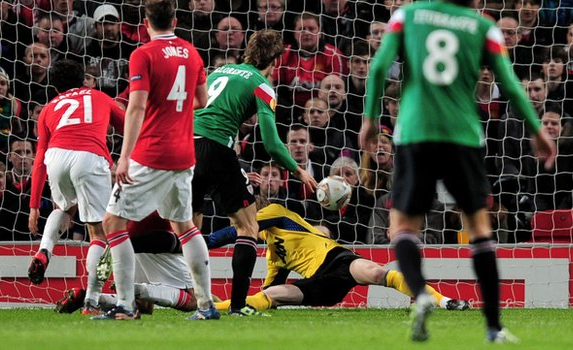
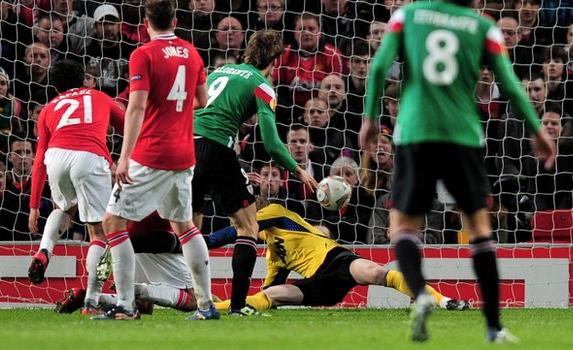
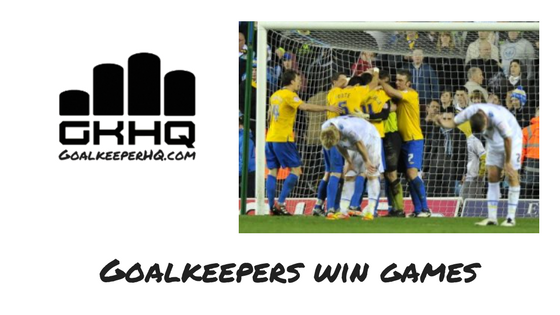
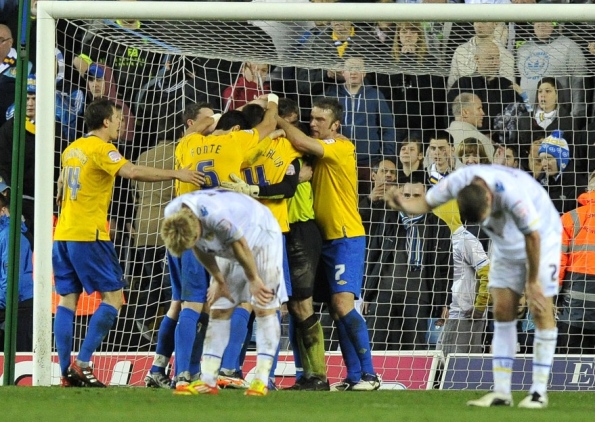

 In what must be the last kick of the game, the opposition manage to get a shot off – it goes top corner and you manage to tip the ball over the bar…. The crowd cheer and your team mates make you feel like royalty.
In what must be the last kick of the game, the opposition manage to get a shot off – it goes top corner and you manage to tip the ball over the bar…. The crowd cheer and your team mates make you feel like royalty.